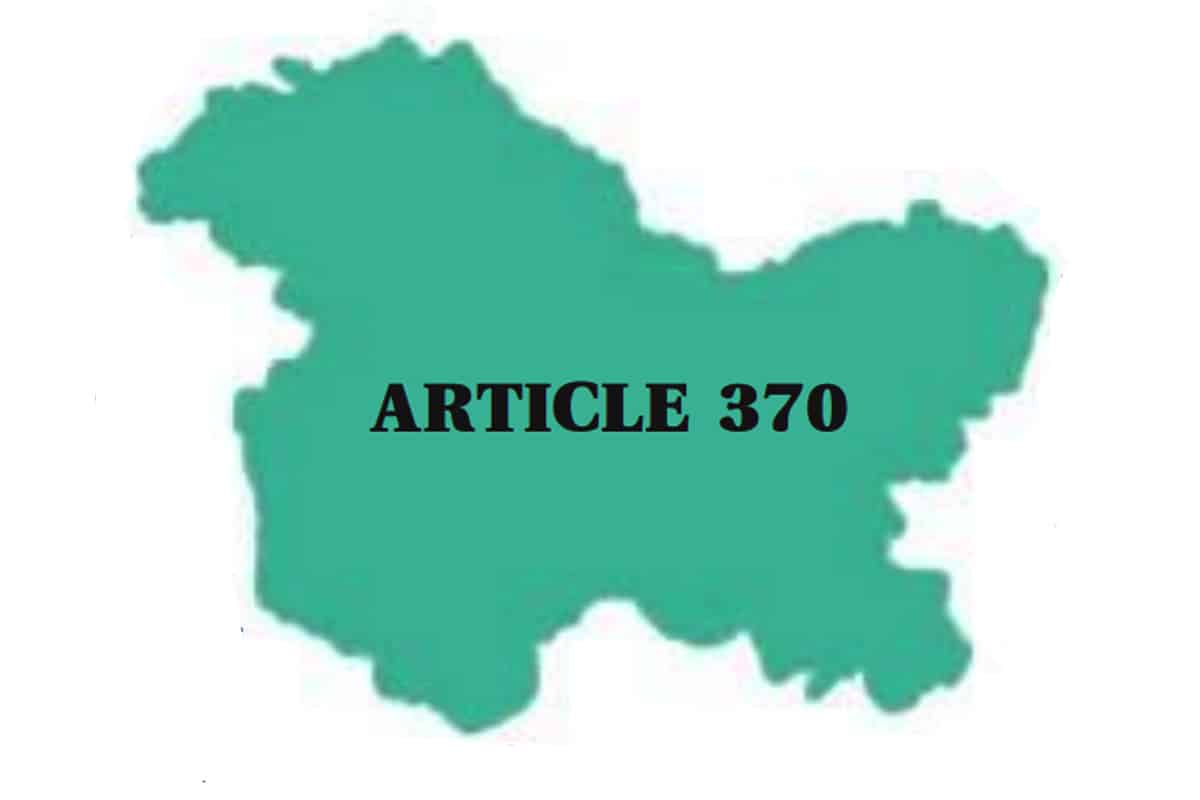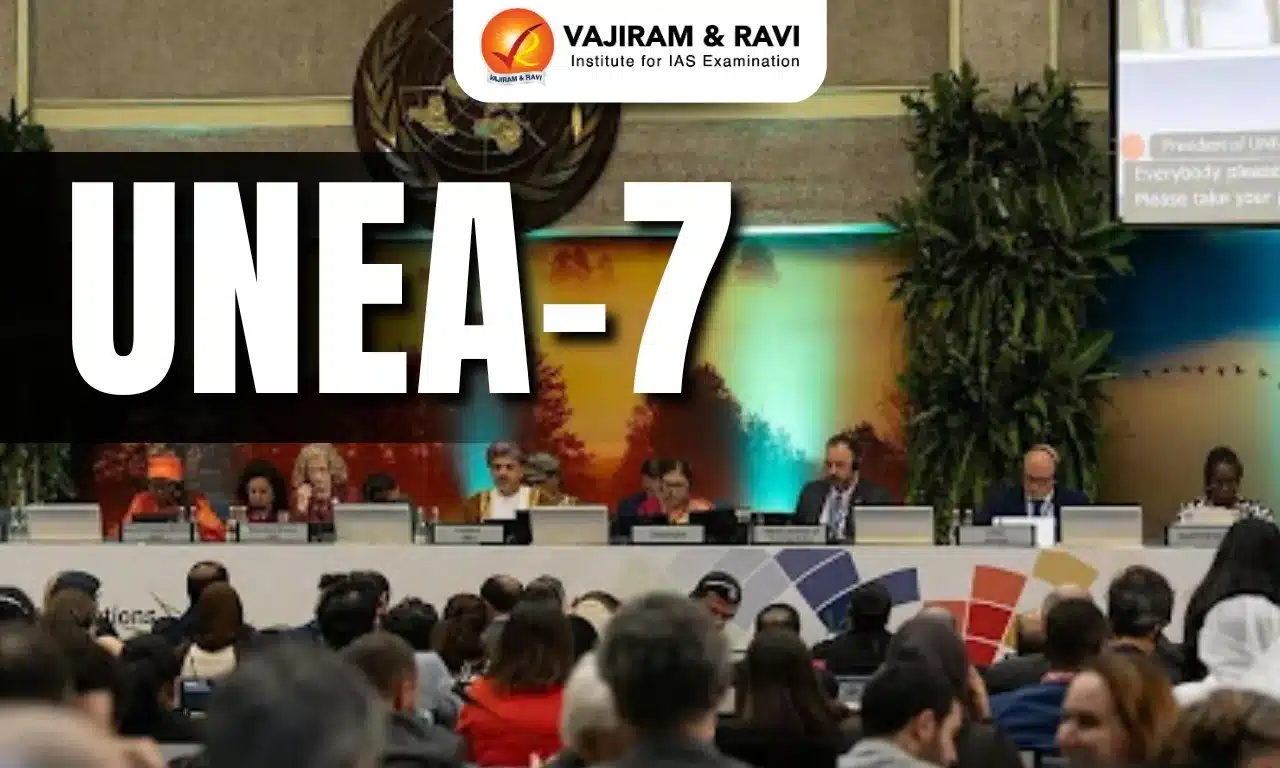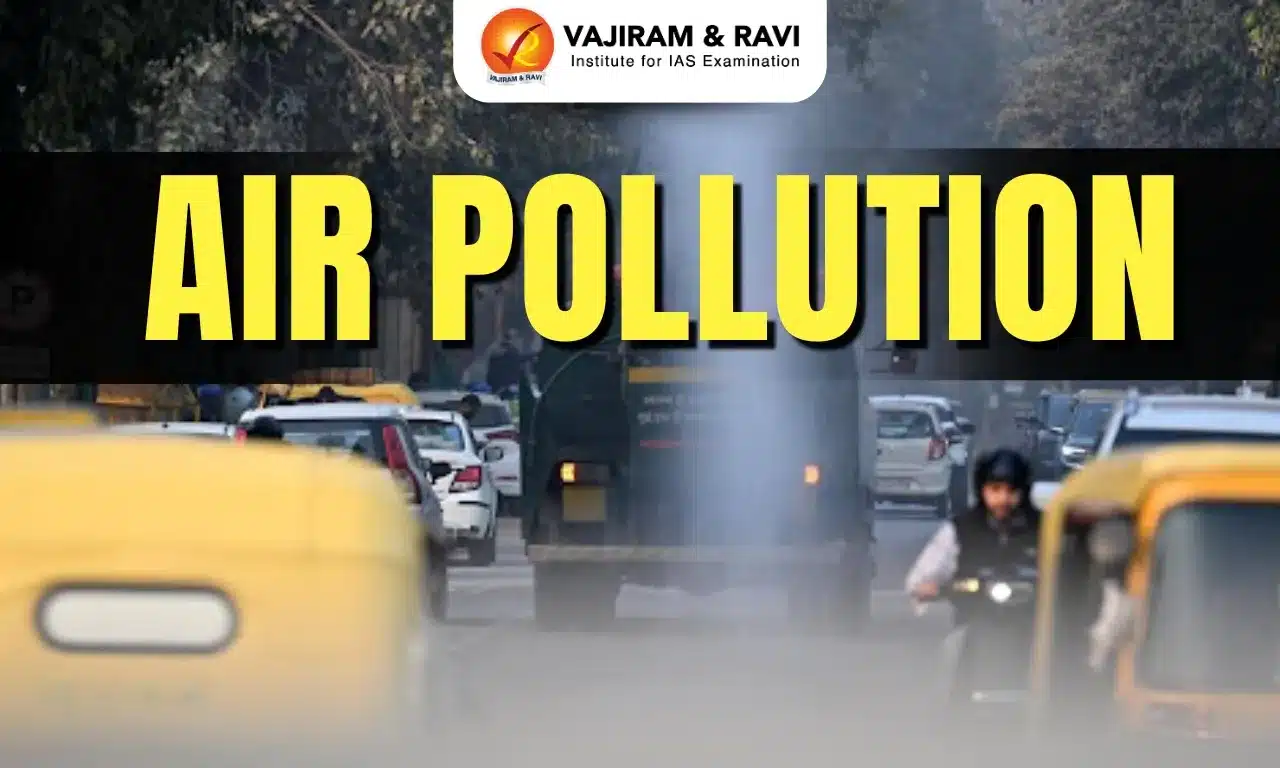What’s in today’s article?
- Why in News?
- What is Article 370 of the Indian Constitution?
- Can Article 370 be Deleted?
- Why is Removal of Special Status of J&K being Challenged in the SC?
- Arguments Presented during the Ongoing SC Hearings wrt Article 370
Why in News?
- The Supreme Court of India began hearing the constitutional challenge to the 2019 abrogation of Article 370 of the Constitution which granted special status to Jammu and Kashmir.
What is Article 370 of the Indian Constitution?
- Article 370 is the first article of Part XXI of the Constitution – ‘Temporary, Transitional and Special Provisions’.
- It exempts J&K from the application of the Constitution of India (except Article 1 and Article 370 itself) and permits the state to draft its own Constitution.
- It restricts Parliament’s legislative powers in respect of J&K and for extending a central law on subjects included in the Instrument of Accession (IoA), mere “consultation” with the state government is needed.
- IoA was signed by Raja Hari Singh of the then princely state of J&K and Governor General Lord Mountbatten in 1947.
- The IoA gave Parliament the power to legislate in respect of J&K only on Defence, External Affairs and Communications.
- But for extending it to other matters, “concurrence” of the state government is mandatory.
- Article 370 had been described as a tunnel through which the Constitution was applied to J&K.
- By the 1954 order, almost the entire Constitution was extended to J&K including most Constitutional amendments.
Can Article 370 be Deleted?
- Article 370(3) permits deletion by a Presidential Order. Such an order, however, is to be preceded by the concurrence of J&K’s Constituent Assembly.
- Since such an Assembly was dissolved on January 26, 1957, one view is it cannot be deleted anymore.
- But the other view is that it can be done, but only with the concurrence of the State Assembly.
- In 2019, the Constitution (Application to Jammu and Kashmir) Order 2019, issued by the President, withdrew the special status of J&K and extended all provisions of the Indian Constitution to J&K.
- The J&K (Reorganisation) Act 2019 bifurcated J&K into two UTs – J&K was an UT with a Legislative Assembly; Ladakh was without an Assembly.
Why is Removal of Special Status of J&K being Challenged in the SC?
- Legal arguments against removal:
- The SC will examine whether it is unconstitutional or violates the basic structure of the Constitution.
- Article 370 is not only part of the Constitution but also part of federalism, which is basic structure. Accordingly, the court has upheld successive Presidential Orders under Article 370.
- In Sampat Prakash (1969) the SC refused to accept Article 370 as temporary and said “Article 370 has never ceased to be operative”. Thus, it is a permanent provision.
- The Delhi HC in Kumari Vijayalaksmi (2017) too rejected a petition that said Article 370 is temporary and its continuation is a fraud on the Constitution.
- Legal arguments for removal:
- Article 35A was not passed as per the amending process given in Article 368, but was inserted on the recommendation of J&K’s Constituent Assembly through a Presidential Order.
- Article 35A empowers the J&K legislature to define the state’s permanent residents and their special rights and privileges.
- Since Article 35A predates basic structure theory of 1973, as per Waman Rao (1981), it cannot be tested on the touchstone of basic structure.
Arguments Presented during the Ongoing SC Hearings wrt Article 370:
- A temporary provision: Since the Article itself [370(3)] provides for the process through which it can be declared inoperative, it is a temporary provision.
- Permanence of Article 370:
- While the Constitution of India came into force in 1950, the Constituent Assembly of J&K came into being only in 1951.
- Yet, Article 370(3) makes a reference to the “Constituent Assembly of the State.”
- Any change to the relationship between the State of J&K and the Indian Union could only be brought about on the recommendation of the Constituent Assembly of the State.
- Once the Constituent Assembly ceased to exist (1951-1957), the Article became a permanent feature of the Constitution.
Q1) What is Article 368 of the Indian Constitution?
According to Article 368 of the Indian Constitution, Parliament may in exercise of its constituent power amend by way of addition, variation or repeal any provision of this Constitution in accordance with the procedure laid down in this article.
Q2) What is Article 1 of the Indian Constitution?
Article 1 of the constitution says that India, that is Bharat, shall be a union of states and the territory of India consists of that of the states, union territories specified in the First Schedule and other acquired territories.
Source: As Article 370 hearings begin, question of the ‘temporary’ provision | IE
Last updated on December, 2025
→ Check out the latest UPSC Syllabus 2026 here.
→ Join Vajiram & Ravi’s Interview Guidance Programme for expert help to crack your final UPSC stage.
→ UPSC Mains Result 2025 is now out.
→ UPSC Notification 2026 is scheduled to be released on January 14, 2026.
→ UPSC Calendar 2026 is released on 15th May, 2025.
→ The UPSC Vacancy 2025 were released 1129, out of which 979 were for UPSC CSE and remaining 150 are for UPSC IFoS.
→ UPSC Prelims 2026 will be conducted on 24th May, 2026 & UPSC Mains 2026 will be conducted on 21st August 2026.
→ The UPSC Selection Process is of 3 stages-Prelims, Mains and Interview.
→ UPSC Result 2024 is released with latest UPSC Marksheet 2024. Check Now!
→ UPSC Prelims Result 2025 is out now for the CSE held on 25 May 2025.
→ UPSC Toppers List 2024 is released now. Shakti Dubey is UPSC AIR 1 2024 Topper.
→ UPSC Prelims Question Paper 2025 and Unofficial Prelims Answer Key 2025 are available now.
→ UPSC Mains Question Paper 2025 is out for Essay, GS 1, 2, 3 & GS 4.
→ UPSC Mains Indian Language Question Paper 2025 is now out.
→ UPSC Mains Optional Question Paper 2025 is now out.
→ Also check Best IAS Coaching in Delhi

















